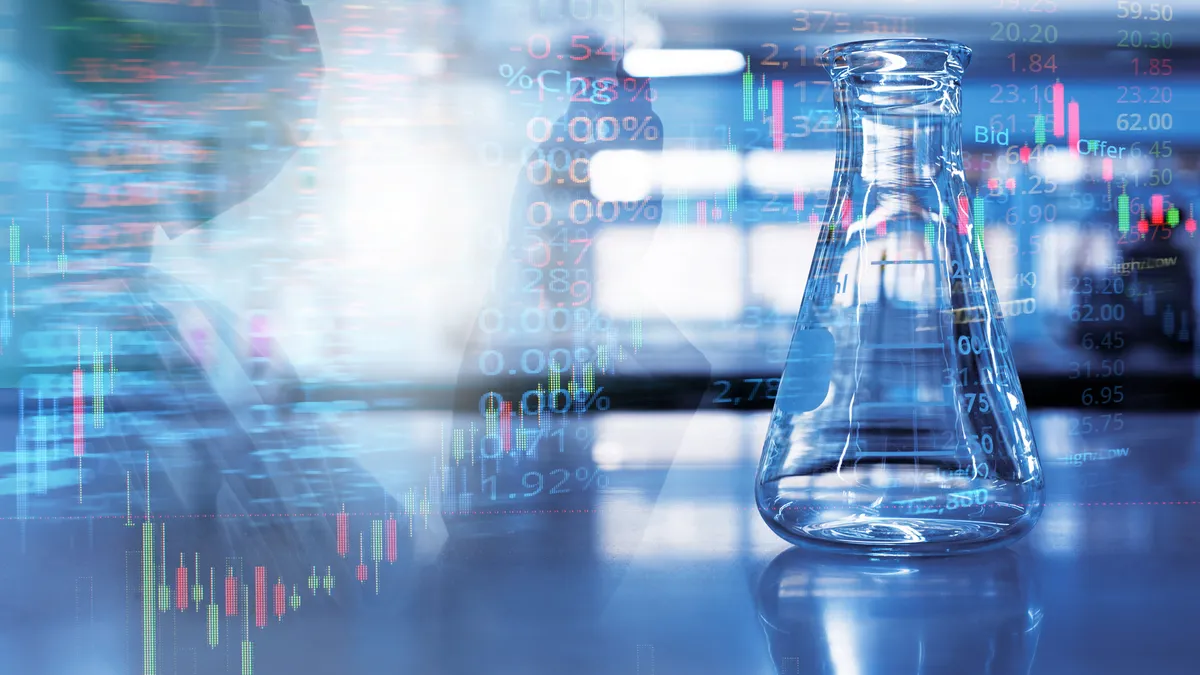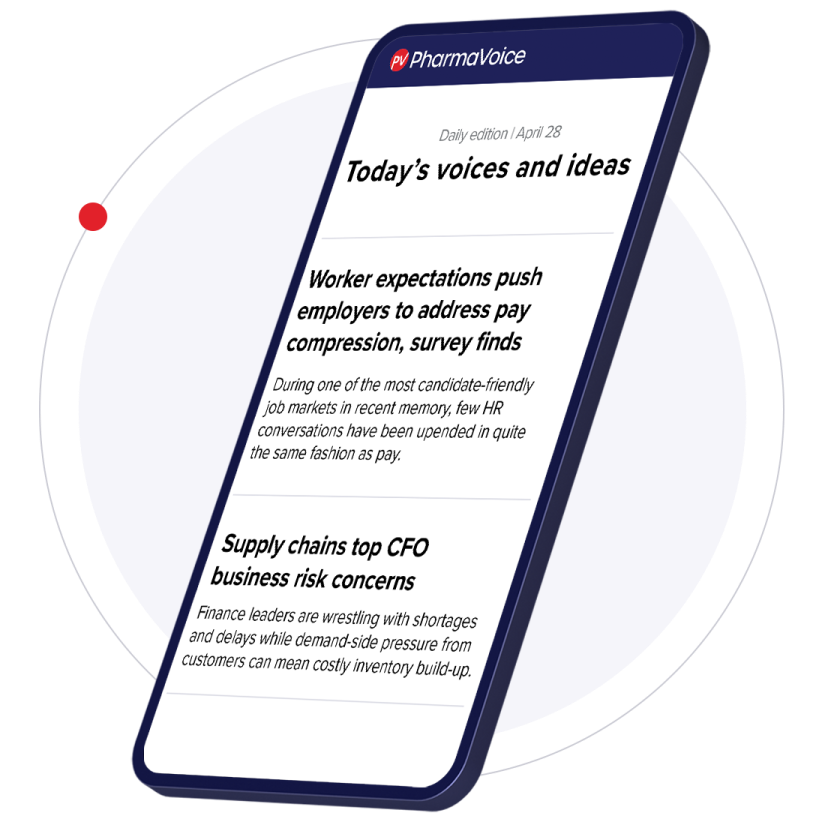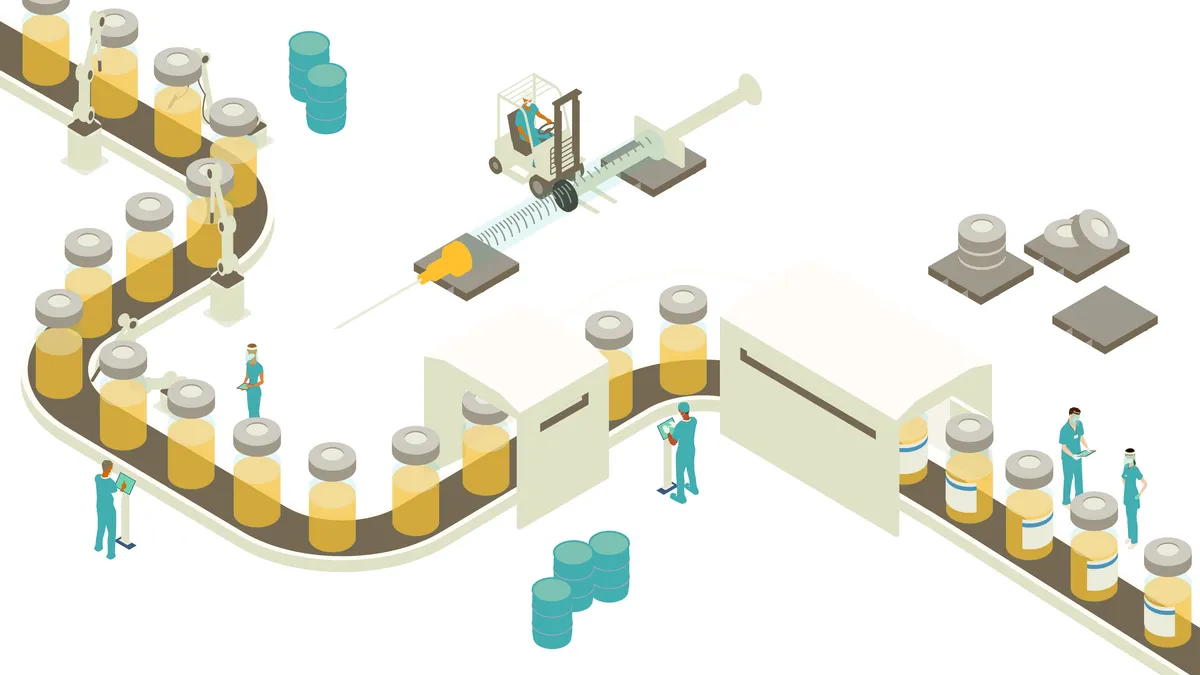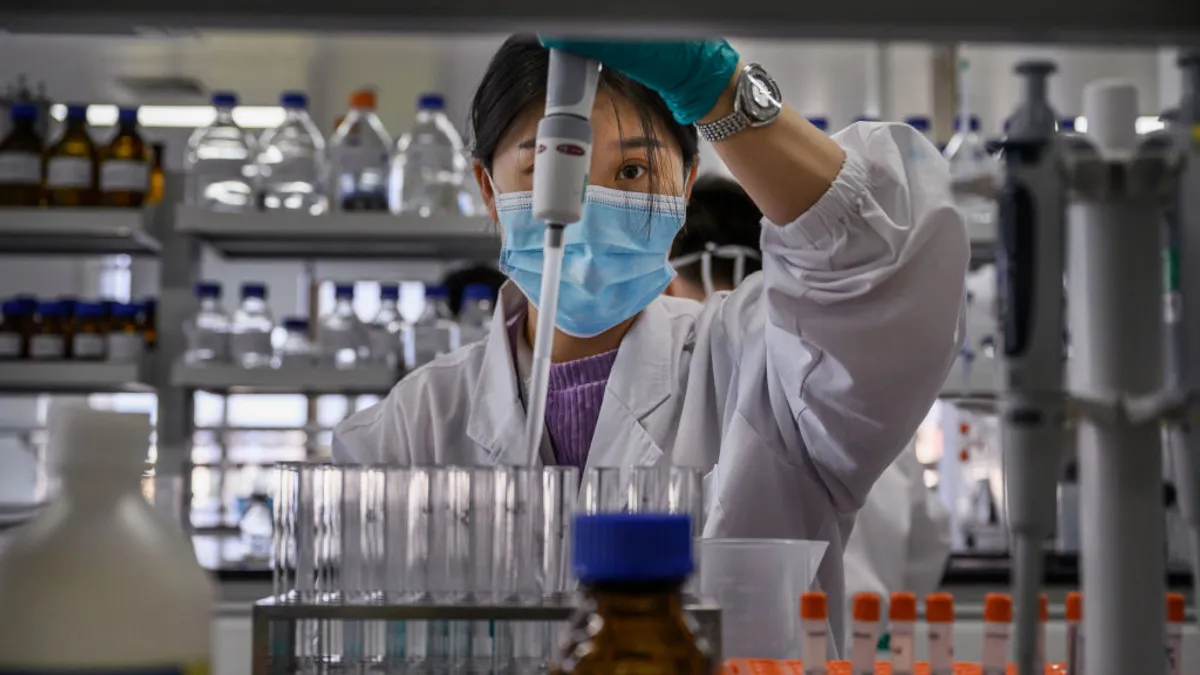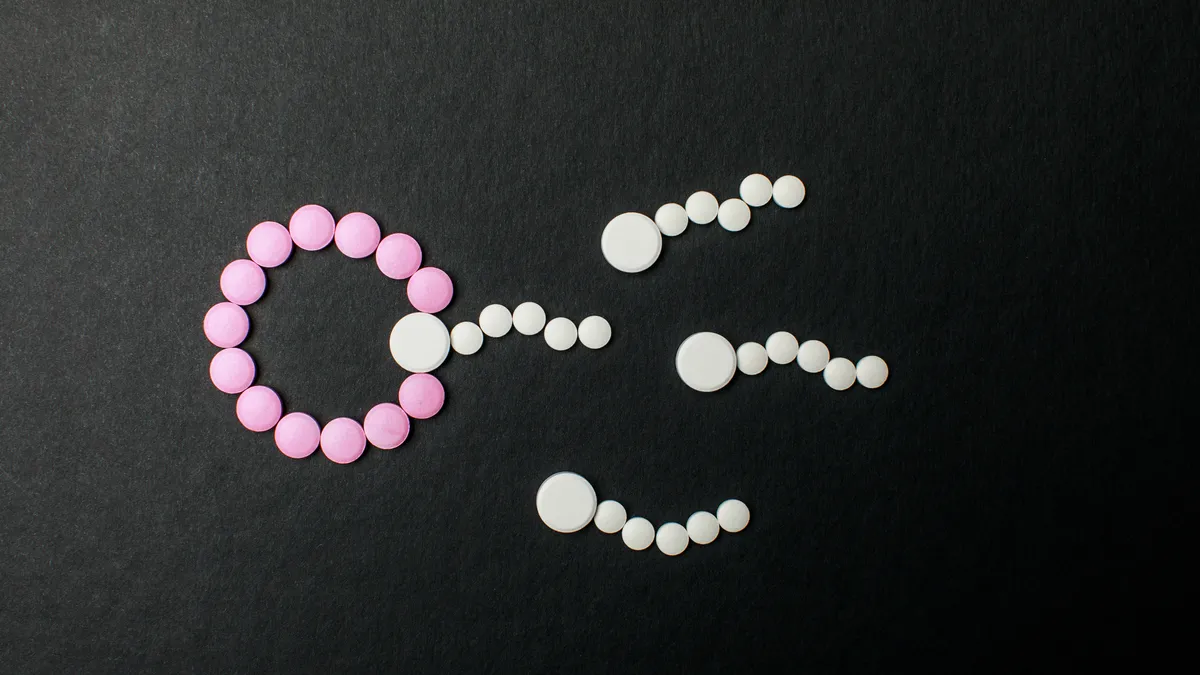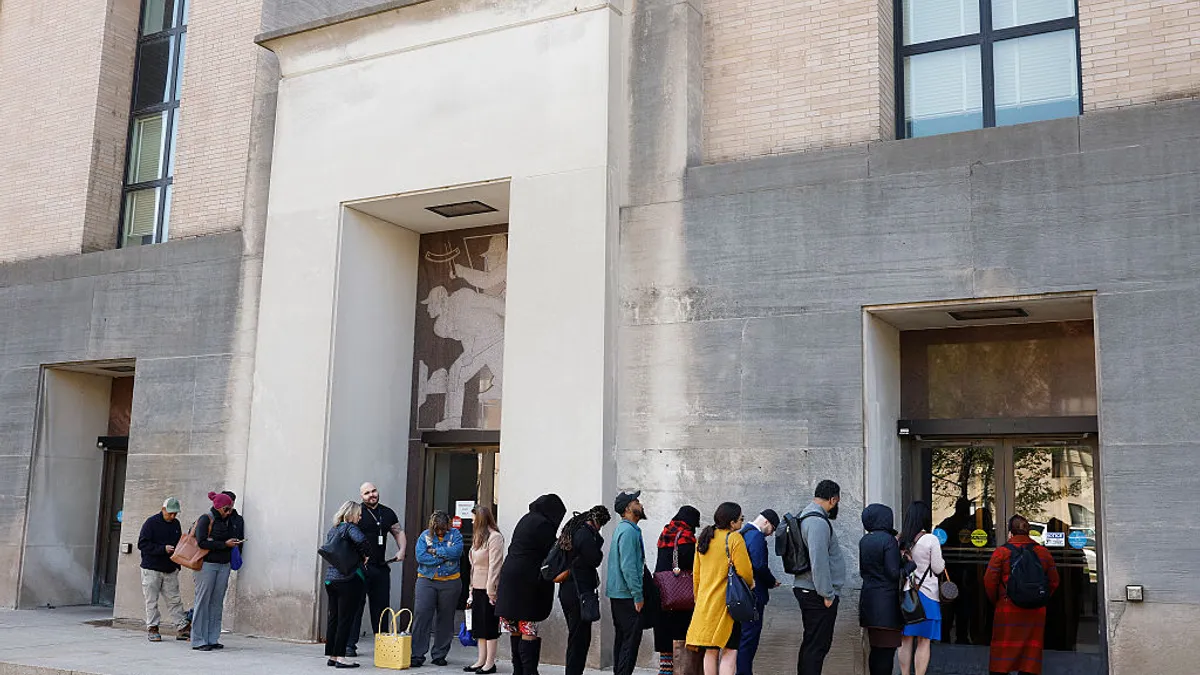Stock market whiplash is dampening hopes for a comeback year in the biotech arena.
Roughly 25% of biotech stock values sank below their cash holdings last week amid sudden changes to U.S. trade policy, Bloomberg reported.
In an economic situation that’s shifting by the day, “the only thing that's certain is uncertainty,” said David Crean, managing partner at M&A consulting firm Cardiff Advisory.
At the beginning of the year, pharma M&A was expected to rise and the biotech IPO market appeared steady. Now, the biotech space has been roiled by several abrupt changes stemming from new Trump administration policies.
When the FDA’s Peter Marks was forced out of the agency last month, biotech stocks sunk. The former director of the agency’s Center for Biologics Evaluation and Research played a key role in the development of the COVID-19 vaccines and was seen as an ally among vaccine makers that are now up against potential changes from HHS’s new Secretary, Robert F. Kennedy Jr. — a known vaccine skeptic.
Dramatic staff reductions at the nation’s health agencies injected more uncertainty into the industry. And then came tariffs.
“Biotech stocks have experienced heightened volatility in recent weeks due to the tariffs pressures and just broader market uncertainty,” Crean said. “We're also on the heels of everything that went down with [job cuts at] HHS, FDA, NIH, CDC. It’s just a lot of chaos.”
Amid the whirlwind and the market’s loss of value, biotech IPOs are likely to slow.
“When you have turmoil in the public markets, it creates a headwind for the investors and for the portfolio companies to go public, and for the limited partners to get return on their investment,” Crean said.
As the consequences of the emerging economic policies play out on public markets, private markets are in the line of fire.
“Maybe it's a little bit of a wait-and-see game, but [pharmas] can only wait so long."

David Crean
Managing partner, Cardiff Advisory
“Everything that's going on the public market — water goes downhill and it spills off into the private capital markets,” Crean said.
The biotech market could still pick up later this year as the storm from the new policies settles. But companies waiting to launch an IPO and investors looking to buy will likely sit on their hands until the market returns to normal — a process that could take time, Crean said.
“There's just more of a cautiousness for the remaining part of 2025,” Crean said. “I don't think there's going to be a broad opening up of the IPO market until probably later this year, probably [in] the fourth quarter. There's a ton of companies in the IPO queue — they have their S-1 [filing] ready to go and be filed. It's all timing based.”
While IPOs hang in the balance, other factors could keep the dealmaking environment alive, regardless of the stock market’s ongoing turmoil.
Dealmaking drivers
M&A kicked off 2025 on a high note with a handful of major deals announced at the J.P. Morgan Healthcare Conference in San Francisco, including J&J’s $14.6 billion acquisition of psychiatric drug developer Intra-Cellular Therapies. The conference is often seen as a barometer of M&A activity for the coming year, and the smattering of deals announced in January had investors “pumped,” according to Crean.
But by March, it became clear that drugmakers were still holding out.
“[M&A] started off as gangbusters in January, but it's been relatively quiet and muted up through April,” Crean said.
Big Pharma faces pressures that may force its hand this year. Looming patent cliffs are creating revenue gaps companies need to fill, and acquisition or licensing deals with biotechs that bolster their pipelines are still the go-to strategy. Some large pharmas are also sitting on cash in their balance sheets that “needs to be put to good use,” according to Crean.
“They're going to have to be very aggressive and dip into their balance sheet to buy assets, and particularly late-stage assets, to fill that portfolio gap. There's no other way of doing it,” Crean said.
Crean also expects to see bigger deals, or “transformative M&A,” later in the year, due to the size of the revenue losses ahead for some companies. Smaller deals won’t be enough.
Even so, J&J’s Intra-Cellular deal is the largest this year by far, and few others crossed the billion-dollar threshold in the first quarter. Another acquisition announced during JPM, GSK’s $1 billion purchase of cancer drugmaker IDRx, is among the biggest deals of the year.
“Maybe it's a little bit of a wait-and-see game, but [pharmas] can only wait so long,” Crean said.
One therapeutic area —cardiometabolic diseases — has proven to be a sought-after target. Most recently, Novo Nordisk announced it would spend up to $1.8 billion to license an early-stage obesity asset from China-based United Biotechnology. Revenue from Novo’s blockbuster GLP-1 obesity and diabetes medications are scheduled to get squeezed in 2027 after being included in the second round of drug price negotiations from CMS.
For now, Crean says the biotech industry should “remain calm and have patience.”
“This too shall pass,” he said.



